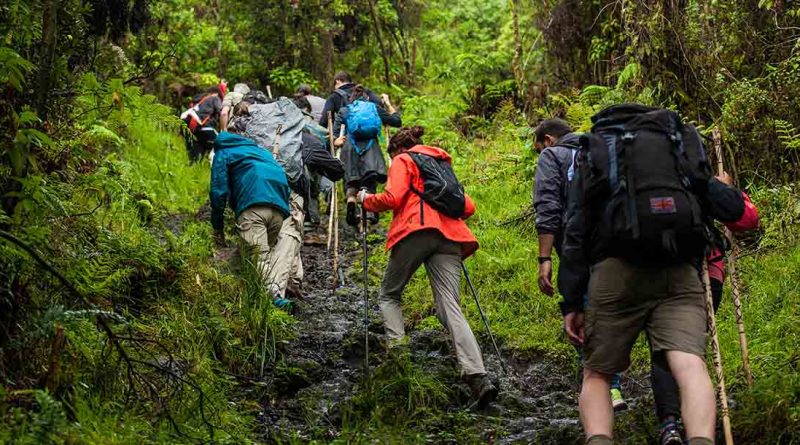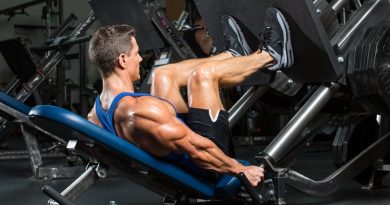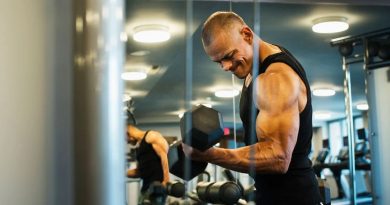The Best Hiking Workouts to Get You in Shape for Summer
As anyone who has ever hiked knows, there’s more to it than just getting to the top of the mountain. Hiking can make you feel like you’re on top of the world, but it can also take its toll on your body if you don’t know how to pace yourself while climbing. The good news is that you don’t have to dread uphill climbs anymore! These five great hiking workouts will get you in shape for summer and help your body handle whatever terrain you put it through when you go out on the trail in style.
Trekking Poles

Hiking with trekking poles is a great way to get a full-body workout. Not only will you get your heart rate up, but you’ll also build strength and muscles. Trekking poles help take the strain off your legs and knees, making it easier to hike for longer periods of time. Plus, they can help fit people of all sizes and fitness levels.
If you’re not yet sure whether trekking poles are right for you, check out some basic tips from fitness expert Charles Staley. Staley compares hiking with trekking poles to doing a bicep curl—you’re using your arms and upper body muscles in addition to your legs. Staley says hiking with poles makes people realize that they can build muscle and strength even while working out their legs. A good workout routine when using hiking poles includes sets of 10 arm curls or bicep curls, followed by sets of 100 steps or so without poles. With those numbers, you’ll be getting a full-body workout that burns calories.
While hiking poles can be a great addition to your workout, they’re not a magical fitness tool. They don’t replace good nutrition and exercise, and they may not work well if you have previous knee or leg injuries. If you decide hiking with poles is right for you, start slowly at first and gradually increase your walking time. Always warm up before a hike with poles by performing 5-10 minutes of easy cardio exercises like jogging in place or stepping. And it’s important to remember that trails are uneven—it’s okay if you need to slow down! Follow these steps, though, and trekking poles can be an effective way to get fit as well as enjoy a great hike.
Mountain Climbers
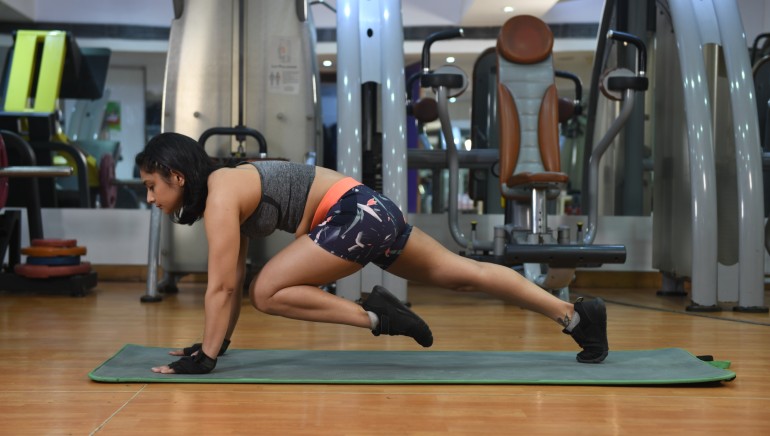
A great full-body workout, mountain climbers target your quads, glutes, shoulders, and core. They also improve your grip strength – which comes in handy when you’re scrambling over rocks. To do mountain climbers, start in a push-up position with your hands shoulder-width apart. Bring one knee up towards your chest, then quickly switch legs and bring the other knee up. Continue alternating as fast as you can.
For a full-body workout that uses similar movements, try incline push-ups. Start by finding a sturdy picnic table or bench and standing a few feet back from it. Put your hands on top of it at shoulder width and do push-ups until you’ve completed 10. Don’t let your hips sag, otherwise you’ll get an ineffective glute workout instead of an ab one. To really amp up the burn, add weight onto your back using a backpack or vest filled with books or weights—or both! Do three sets of 10 reps every other day.
Hiking Stairs
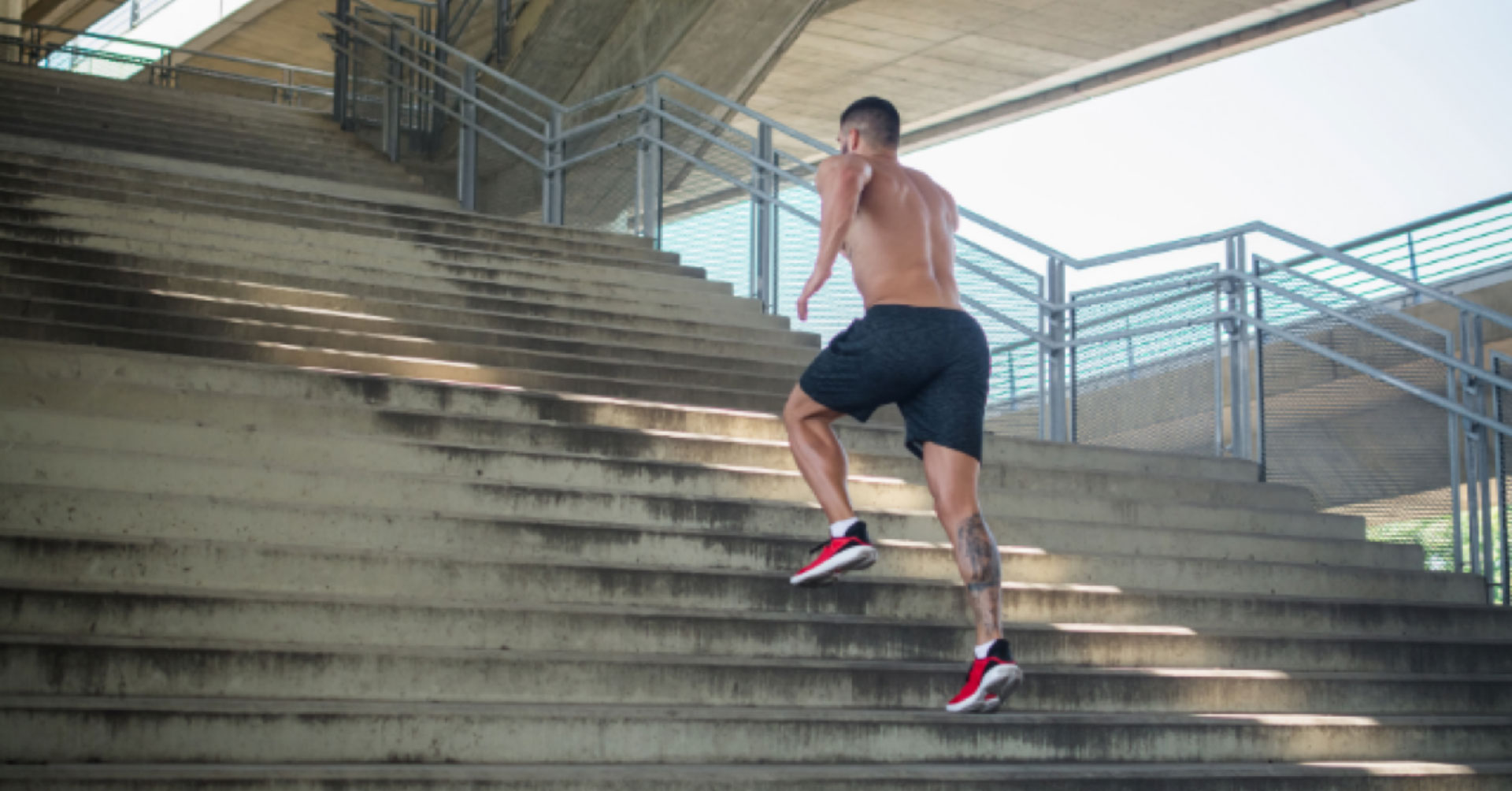
If you want to get your heart rate up and legs burning, try hiking stairs. This workout is great for building lower body strength and endurance. To do it, find a set of stairs that’s at least 10 steps long. Start by walking up the stairs at a moderate pace, then increase your speed until you’re running up the stairs. Do this for 30 seconds to one minute, then rest for 30 seconds to one minute. Repeat three to five times.
If hiking stairs is too difficult, try interval training. Alternate running up a set of stairs with walking. Start by walking up one flight of stairs, then jogging or running up another flight. Rest and repeat until you reach a total of 10 flights of stairs. If that’s too much, start with five flights and build from there as your endurance improves.
If that’s too difficult, try walking up a flight of stairs every day. After a few weeks, work your way up to three flights of stairs per day. This may seem slow and simple, but it will help you build leg strength while also getting you used to doing hard physical activity at a lower intensity. If possible, find stairs with good inclines so that you’re also working your core muscles as well.
Arm Swings

Start with your arms at your sides and swing them front to back, keeping your shoulders down and relaxed. As you get comfortable with the movement, increase the range of motion. You can also add a slight bend at the elbow to work your biceps a bit more.
To get a more challenging workout, hold a set of light dumbbells or kettlebells in each hand. And if you’re hiking up a mountain, switch your arm position after every 20 steps. Doing so requires you to pump your arms more vigorously on each step and forces different muscles in your back and shoulders to work harder. That way, no single muscle group becomes overworked as you climb. When you reach the top of that peak, it’ll feel like one amazing accomplishment!
Bear Crawls
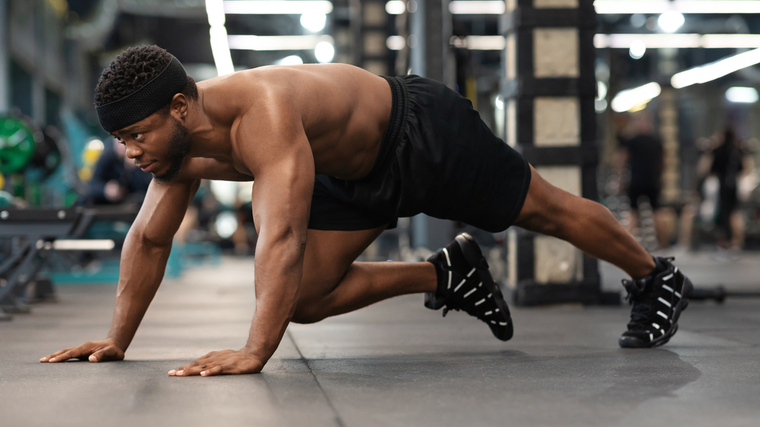
Bear Crawls are a great way to work your core and arms. Place your hands on the ground and do a push up. As you push up, shift your weight forward so that you’re still resting on your hands, but have also brought your knees off the ground. When you feel ready, lower back down into a push up position again. Repeat this process until you’ve completed 10 bear crawls. Make sure to keep good form by keeping your shoulders over your wrists and straightening out as much as possible.
An all-time favourite among hikers, bear crawls are easy to do anywhere and can be done with weights if you’re looking for more of a challenge. To build up your endurance, aim to increase your speed and number of bear crawls per workout. While they may not seem like much work at first, it’s a good idea to build yourself up gradually so that you don’t injure yourself or burn out before you reach your destination. As with any exercise routine, it’s also important to take breaks when you need them as well as stretch after every workout. Bear crawls are perfect for hiking season because they make your legs strong without putting too much stress on your joints or ligaments.

